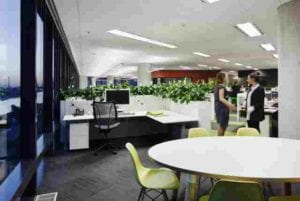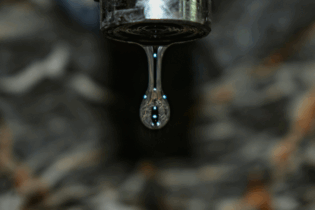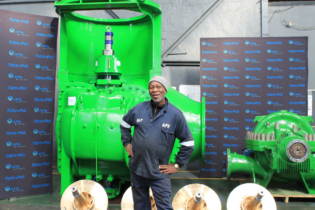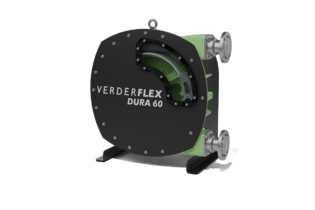Office buildings are becoming more futuristic in order to accommodate the needs of changing workforces, changing business practices, new technology, globalisation and client needs.
In this interview, Aurecon’s Pete Greaves, Technical Director: Buildings and Jeff Robinson, Development Leader: Property, discusses what futuristic office spaces will look like, what is driving these changes and how building services need to adapt in order to accommodate these needs.What are the drivers of futuristic office spaces?
Jeff: Leading organisations want high-performing workplaces that deliver value to their staff. Organisations are interested in creating workplaces that help their employees collaborate with each other, as well as externally with clients. At Aurecon, we work with our clients and their architects and interior designers to create workplace environments that bring people together, and helps them collaborate and innovate.What do futuristic workplaces look like?
Jeff: In the past, traditional workplace building infrastructure had a 1:1 relationship with employees – if there were 500 people in a building, there would be 500 desks. The office buildings that we are creating today aren’t allocating a desk for each person. Some people don’t work from the office every day and some people need to collaborate in teams, so we’re designing offices to help people perform better. This shift isn’t only about supporting the way employees want to work, there’s also a commercial justification. Real estate is expensive and the layout needs to optimise space and work for the clients.How does this impact building services?
Jeff: In order to make sure that the building is able to handle the higher densities of people and allow good communication, the acoustic design needs to be carefully planned. Good acoustics is fundamental to achieving a workplace where all types of flexible work spaces can coexist successfully. For example, the design team needs to ensure that noisier areas such as kitchens are in the same zone as collaboration spaces. Acoustically absorptive ceilings and floors are recommended throughout the floor plate to control the build-up of reverberant noise. New furniture selection is also important in creating small meeting and collaboration spaces which allow clear communicationWhat changes do futuristic office spaces bring to the workplace environment?
Jeff: An office building is becoming a smart device. Futuristic offices all have WiFi and VOIP (Voice over Internet Protocol) services, which has led to employees adopting a Bring Your Own Device method of working where they are able to use their own smartphones and tablets, as well as company computers seamlessly. Many of these offices have recharge bars where people can charge their devices and some of them have gone one step further by incorporating geo-based application programming interfaces (API), which are location aware applications that can, for example, communicate directly with building services to send a signal that an employee will need an elevator.How are sustainability, energy efficiency and green living incorporated into futuristic office spaces?
Jeff: Research has shown that employees perform better and have better mental functioning if they’ve got views to nature, adequate lighting and adequate ventilation. A new report entitled The Global Impact of Biophilic Design in the Workplace by Human Spaces, the largest carpet manufacturer in the world, shows how nature can be incorporated into the built environment to create spaces that are more productive, calmer and meets people’s evolutionary needs to connect with nature.We’re seeing many green walls and indoor flora in newly redesigned office spaces. There are two approaches that a client can follow when selecting plants for their office: a scattered approach or a dedicated approach.
In a scattered approach, efficient T5 fluorescent lamps in the general office lighting system provide ample blue light to assist with plant growth. In dedicated green spaces, the lighting system employed for these plants usually depends on the objectives of the feature. Careful consideration must be given to the objectives for the plants in the building in order to select the appropriate lighting system. What is circadian lighting and is it being used in buildings? Jeff: When workers’ natural circadian rhythm is taken into consideration and the lighting is optimised for this, you’re able to improve their health and maximise their productivity. In the morning, the building could have cool, fresh light that raises the energy level of people coming into the office. During lunch time, you could help people recharge by decreasing the light level and giving it a warmer glow. People usually feel a bit sleepy after lunch, so you could raise the light level and change it to cool white in order to counter the post-lunch dip. It’s not commonplace in buildings at the moment, but I predict that many more futuristic office spaces will start to incorporate this. What other trends are there in futuristic office spaces? Jeff: One of the latest health concerns is that ‘sitting is the new smoking’, so organisations are offering employees standing desks and they even have standing meeting rooms. Futuristic offices are focused on giving people what they need to be healthier, perform better and be better employees – something that many forward-thinking clients value. Click here to read Part 2: Pete Greaves’ answers.







